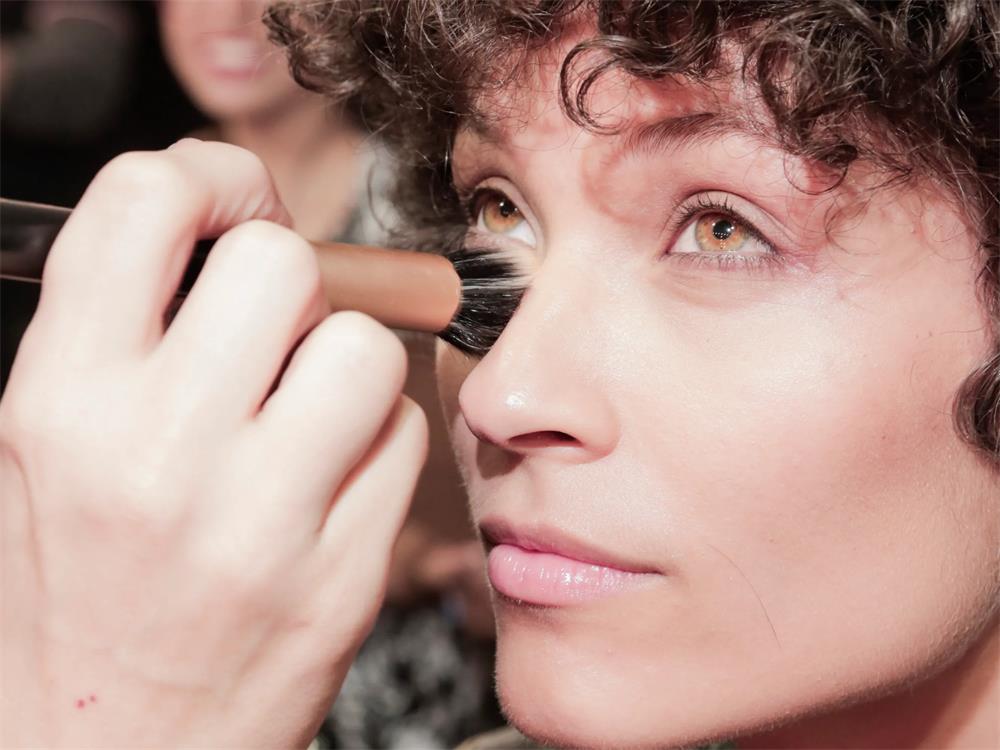Have you ever wondered why some colors look great on you, while others make you look washed out or dull? The answer lies in your skin tone, which is the natural color of your skin. Your skin tone is different from your complexion, which is the shade of your skin (light, medium, dark). Your skin tone, also called the undertone, is determined by the amount of melanin in your skin and will remain the same no matter how much sun you get.
Knowing your skin tone can help you choose the right colors to wear that will flatter your natural beauty and enhance your features. It can also help you avoid colors that clash with your skin or make you look older or tired. In this article, we will show you how to determine your skin tone and what colors to wear for each skin tone category.
How to Determine Your Skin Tone
There are three main categories of skin tones: cool, warm, and neutral. Each category has a different undertone, which is the subtle hue that shows through your skin. Cool skin tones have pink, red, or blue undertones. Warm skin tones have yellow, peach, or golden undertones. Neutral skin tones have a balance of both cool and warm undertones.
There are several ways to determine your skin tone, but here are some of the easiest methods:
- Look at the color of your veins on the inside of your wrist. This is a quick way to determine your undertones if your veins are visible. If your veins appear blue or purple, you have a cool skin tone. If your veins appear green, you have a warm skin tone. If you can’t tell if your veins are green or blue, you may have a neutral skin tone.
- Consider how your skin reacts to the sun. Do you tan easily or burn quickly? The amount of melanin in your skin affects how it responds to sun exposure and can indicate your skin tone. If you tan easily and rarely burn, you have more melanin and likely have a warm or neutral skin tone. If your skin burns and doesn’t tan, you have less melanin and likely have a cool skin tone.
- Compare yourself to a white piece of paper or cloth. Hold up a white piece of paper or cloth next to your face in natural light and see how your skin compares. If your skin looks yellowish or peachy next to the white, you have a warm skin tone. If your skin looks pinkish or bluish next to the white, you have a cool skin tone. If your skin looks grayish or ashen next to the white, you have a neutral skin tone.
What Colors to Wear for Your Skin Tone
Once you know your skin tone, you can choose colors that complement it and avoid colors that clash with it. Here are some general guidelines for each skin tone category:
- Cool skin tones look best in colors that have blue or purple undertones, such as blue, green, purple, pink, silver, gray, and black. These colors will bring out the natural coolness of your skin and make it glow. Avoid colors that have yellow or orange undertones, such as brown, beige, gold, orange, yellow, and olive. These colors will make your skin look dull or sallow.
- Warm skin tones look best in colors that have yellow or orange undertones, such as brown, beige, gold, orange, yellow, olive, coral, peach, red, and bronze. These colors will bring out the natural warmth of your skin and make it radiant. Avoid colors that have blue or purple undertones, such as blue, green, purple, pink, silver, gray, and black. These colors will make your skin look pale or washed out.
- Neutral skin tones look good in almost any color, as they have a balance of both cool and warm undertones. However, some colors may suit them better than others depending on their complexion (lightness or darkness of their skin). In general,
- Light neutral skin tones look best in soft pastels and muted colors that are not too bright or too dark.
- Medium-neutral skin tones look best in rich jewel tones and earthy colors that are not too warm or too cool.
- Dark neutral skin tones look best in vibrant colors and deep contrasts that are not too dull or too harsh.
Conclusion
Knowing your skin tone can help you choose the best colors to wear that will flatter your natural beauty and enhance your features. It can also help you avoid colors that clash with your skin or make you look older or tired. To determine your skin tone, you can look at the color of your veins, consider how your skin reacts to the sun, or compare yourself to a white piece of paper or cloth. Once you know your skin tone, you can follow the general guidelines for each skin tone category and experiment with different colors to find what suits you best.











